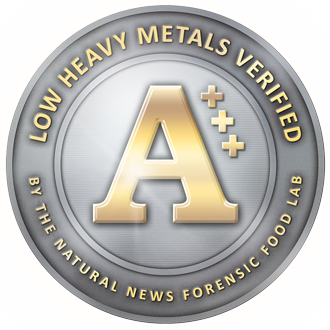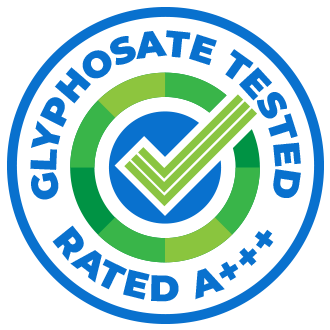
What is Glyphosate?
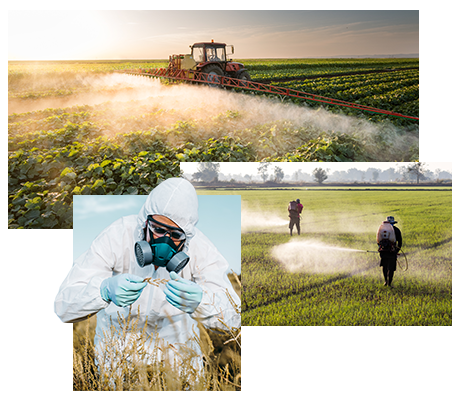
Glyphosate is an agricultural herbicide that's used across the food supply, even on many non-GMO crops such as legumes, oats, barley, wheat and hops.
Standards for upper limits of glyphosate residues -- described as "MRL" or "Maximum Residue Limit" -- vary widely across the globe. The EU sets limits of 100 ppb for most (but not all) foods, while U.S. regulators which are heavily influenced by agricultural pesticide producers have limits which are orders of magnitude higher.
Glyphosate-Related Articles
Roundup (glyphosate) found to cause alarming changes in the gut microbiome
Oats, wheat, and flax are all quietly being sprayed with cancer-causing glyphosate
Most honey contains an alarming level of glyphosate
Glyphosate toxicity to humans: An overview
10 Things You Need To Know About Glyphosate
Monsanto Weed Killer Glyphosate Herbicide Found In Popular Beer Brands
Our Grading System
To help achieve clarity for consumers, CWC Labs (ISO 17025 accredited analytical laboratory) has announced a clear, concise grading system for glyphosate concentrations in foods, beverages and supplements. For all ratings below, the term "glyphosate" means glyphosate + AMPA, the most common byproduct of glyphosate. This is consistent with European Union report requirements which direct laboratories to test both glyphosate and AMPA, then report the aggregate result as "glyphosate."
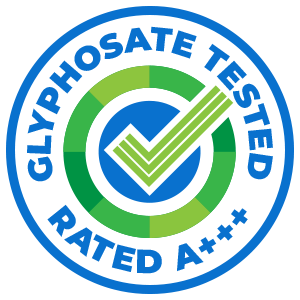
< 10 ppb
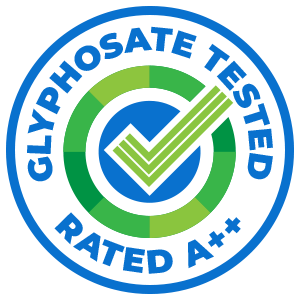
< 25 ppb
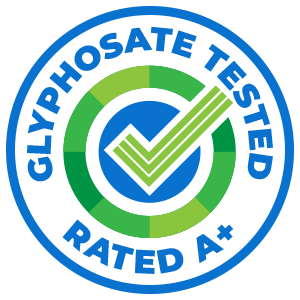
< 50 ppb
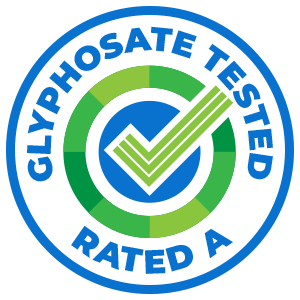
< 100 ppb (the EU standard for most foods)
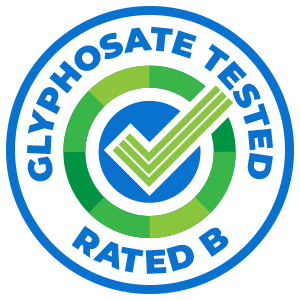
< 200 ppb
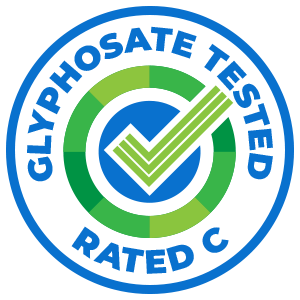
< 500 ppb
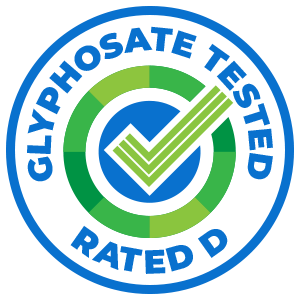
<= 1000 ppb
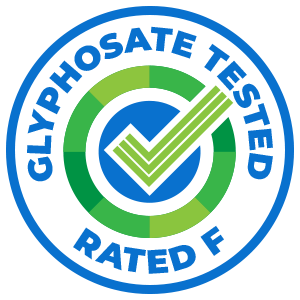
> 1000 ppb
Glyphosate Recoveries from Food Matrices
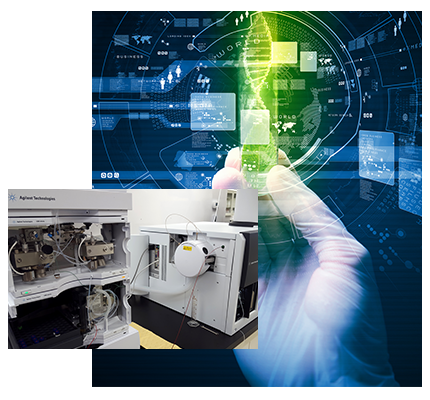
CWC Labs has tested hundreds of food matrices for glyphosate recoveries and has documented a very wide range of analytical recoveries, from 3% to 100%, depending on the food matrix. For this reason, accurate glyphosate testing by food labs must use internal standards or parallel spiked samples in order to accurately adjust for food matrix recoveries.
In other words, simply testing foods for glyphosate and reporting raw results without adjusting for food matrix recoveries is scientifically invalid. Because glyphosate very easily forms "complex glyphosate" molecules with food molecules, matrix recovery adjustments are a requirement for achieving accurate results.
Sensitivity and Limits of Detection
"Limits of detection" for glyphosate being widely reported in the media are not accurate. CWC Labs mass spec instrumentation (LC-MS-MS) has a Limit of Detection (LOD) of 0.39 ppb (ng / ml) for glyphosate and 1 ppb for AMPA. Limited of Quantitation (LOQ) are a bit higher, using a 10:1 signal-to-noise threshold.
Generally speaking, any lab using modern instruments should be able to readily quantitate 1 ppb glyphosate in the food extract solvent, which may translate into 10 ppb or higher in the original food sample, depending on dilutions and sample prep methods. Importantly, food matrices with very lower glyphosate recovery rates may present unique challenges for accurate quantitation adjustments when analyte signal integration is very low. In plain English, this means that certain food matrixes may have much higher practical detection limits than other matrices.
Where to Get Accurate Glyphosate Testing
Several labs offer glyphosate testing. We are in the process of building a list of labs we trust by comparing analytical results to determine the accuracy of their sample prep process. Soon, we will recommend a short list of laboratories that we believe offer accurate glyphosate testing for food, supplements and beverages.
Our own lab is not yet offering testing services to the public, as we are focused on in-house testing queues for editorial and manufacturing clients. Learn more about CWC Labs at CWClabs.com.
Setting Standards for Consumer Safety
CWC Labs is the same lab that pioneered the Low Heavy Metals Verified standard for heavy metals in foods, which helped clean up the protein supplement market. See the Low Heavy Metals Verified chart here.
